The lockdown and isolation that has come about as a result of the coronavirus is affecting all walks of life, but what about spaceflight and astronomy? How can planetary scientists and astronomers work together when they can't physically be in the same room, or when national regulations restrict travel to and from remote sites?
We asked some of the world's most prominent astronomers and space agencies how they are coping with COVID-19 isolation, and what effect it's having on day-to-day operations.
European Space Agency
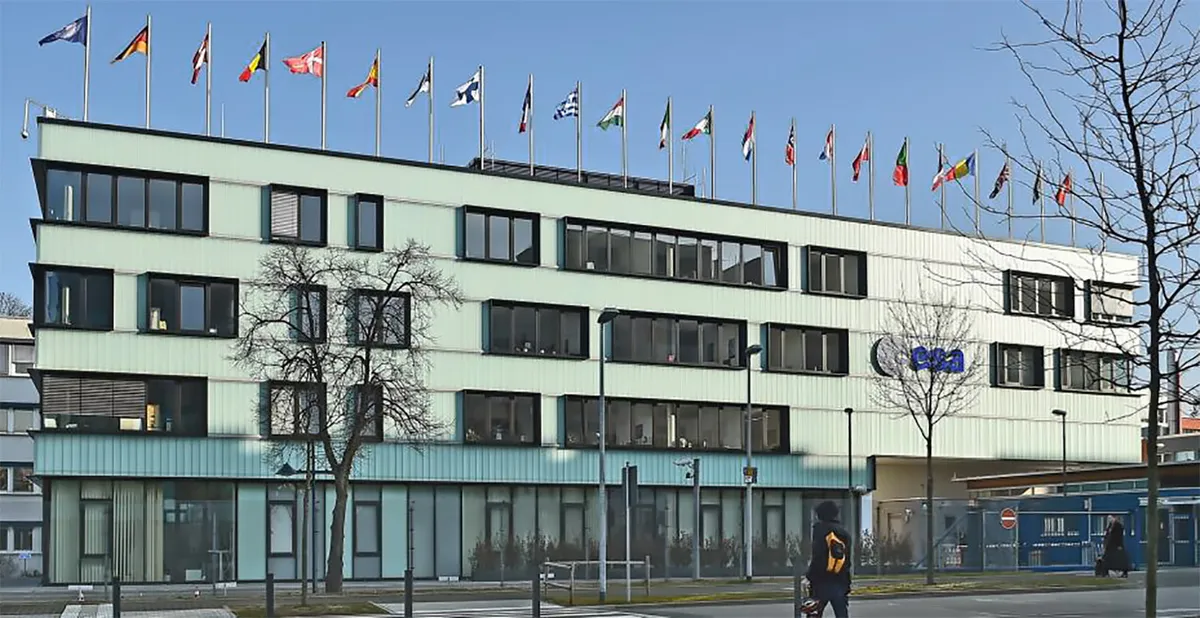
"ESA plays an important role in modern society with its Earth observation, navigation, telecomms, exploration, and scientific satellites, providing important data, services, knowledge, and inspiration for all.
Along with everyone else trying to meet the huge challenge posed by the coronavirus pandemic, we've taken significant measures to ensure business continuity at ESA, while equally importantly taking into account the duty of care we have to staff, contractors, and their families.
Thus, the great majority of ESA is now teleworking, using video and teleconferencing to communicate between teams and across the agency's various sites around the world, and also with our many external partners.
"Some activities will inevitably slow down, but in other cases, we're doing everything possible to maintain the schedule for missions under development with fixed timelines.
One example is our JUICE mission to Jupiter's icy moons, which has a specific launch window in 2022 using planetary flybys to get to the outer Solar System.
On the other hand, to minimise the number of people onsite at ESOC, our mission control in Darmstadt, we've recently decided to hibernate four of our space science missions, namely Mars Express, the ExoMars Trace Gas Orbiter, Cluster, and Solar Orbiter.
These interplanetary missions need quite large teams to operate them, but conversely can survive in safe mode for reasonably long periods in stable orbits with only minimal maintenance.
In turn, this will allow us to focus the limited resources on other satellites, including BepiColombo, our mission to Mercury, which will be executing a key Earth flyby manoeuvre on 10 April."
Royal Astronomical Society
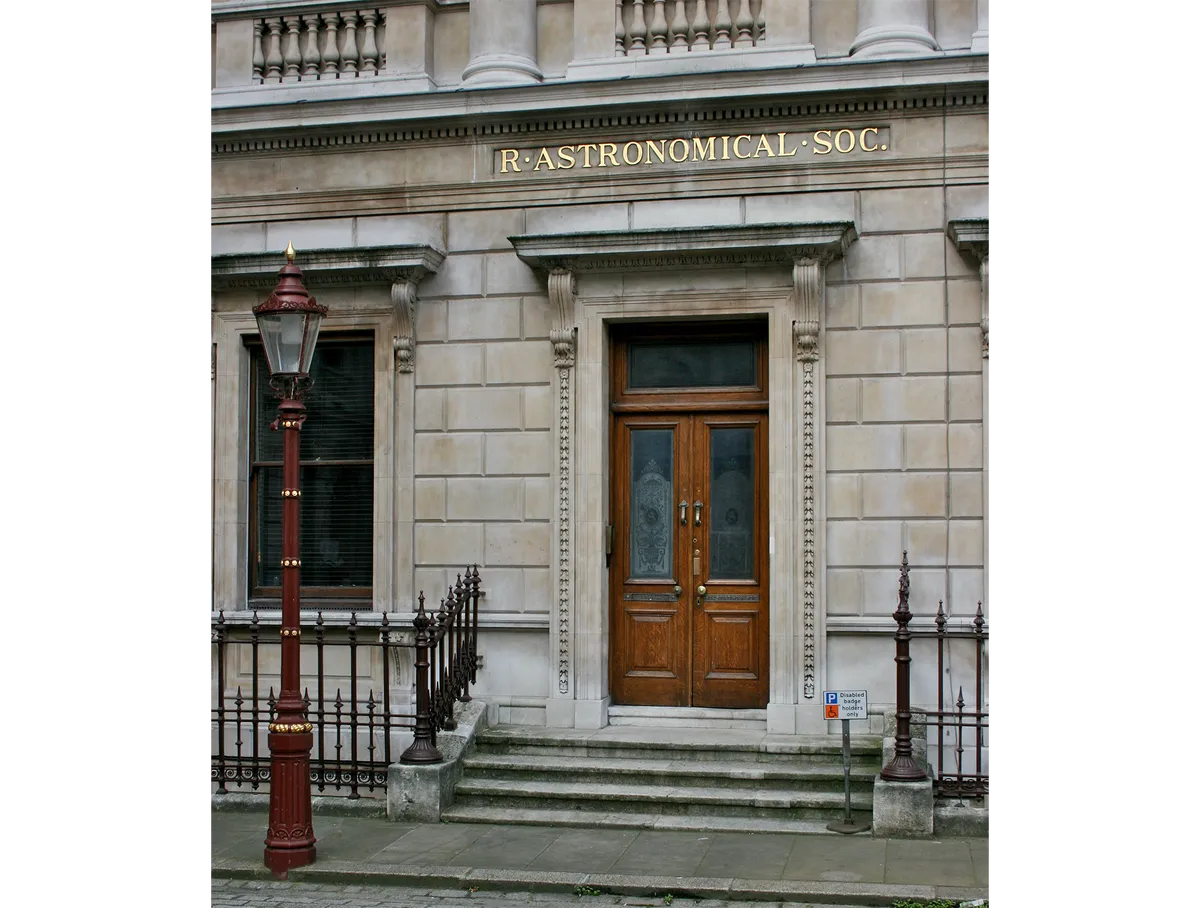
"The RAS is lucky in that we've been able to move to a home-working arrangement for all our staff. Our biggest concern is to help with the global effort to stop the coronavirus and to keep our Fellows, visitors and staff safe, so we've also cancelled meetings, events and public lectures until further notice.
Technology helps a lot here, and all of us are getting much better at using WhatsApp, Zoom, Skype and Slack. We now run a virtual tea break every day so staff get to see each other and socialise a little bit.
Over the next few months we're going to run things as best we can, with authors still publishing research in our journals. We're planning to run public lectures online and offer online classes for schoolchildren now stuck at home.
We'll also be continuing the RAS Supermassive podcast covering all things in astronomy and geophysics over our bicentenary year - and looking up at the night sky is something we can all do without needing to get too close to other people.
Astronomers across the world face similar restrictions. Conferences have been cancelled, in many cases university teaching brought to an end, and travel is almost impossible.
Some might be able to do research from home, or at least finish off papers they've been working on, but as time passes they'll doubtless continue to miss the face to face interaction that energises all of us.
We above all want to keep people well. Astronomy is good for reflecting on the bigger picture, now more than ever, but looking after our loved ones is the most important thing of all."
NASA
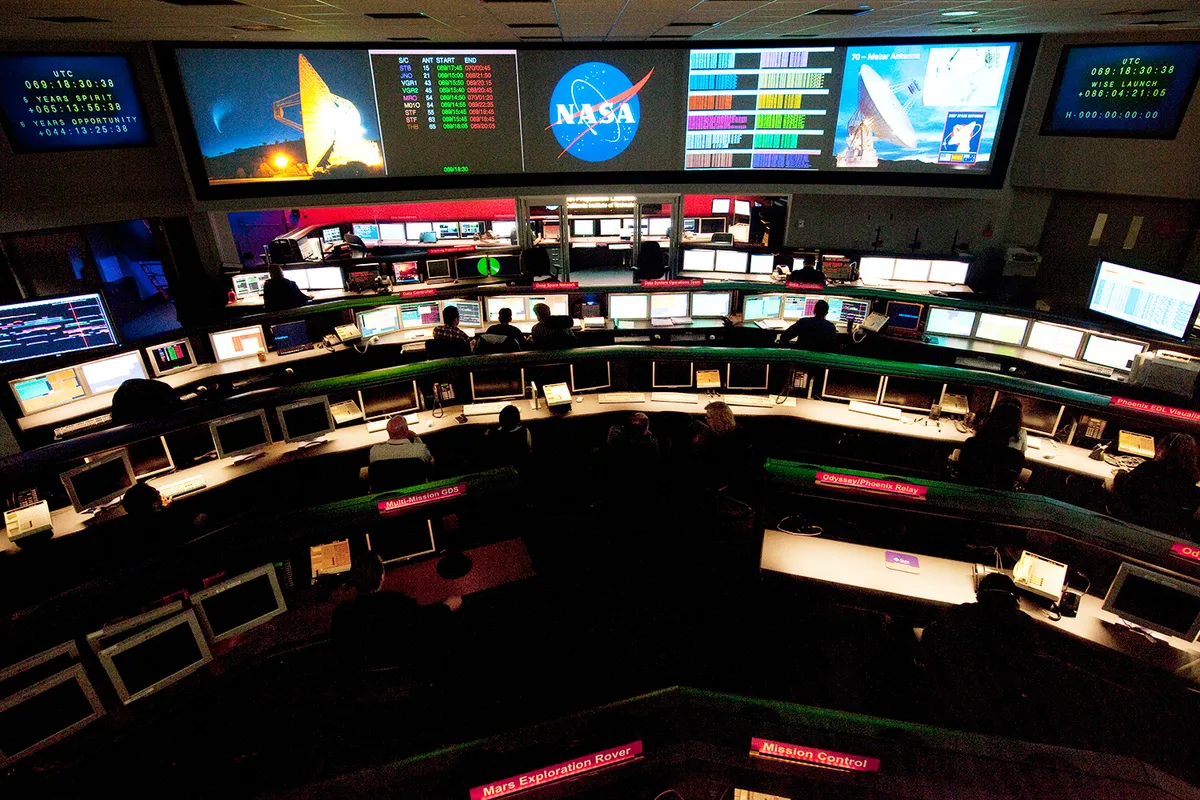
NASA Administrator Jim Bridenstine: “We are going to take care of our people. That’s our first priority. Technology allows us to do a lot of what we need to do remotely, but, where hands-on work is required, it is difficult or impossible to comply with CDC guidelines while processing spaceflight hardware, and where we can’t safely do that we’re going to have to suspend work and focus on the mission critical activities.”
NASA statement: "To protect the health and safety of the NASA workforce...leadership recently completed the first assessment of work underway across all missions, projects, and programs. The goal was to identify tasks that can be done remotely by employees at home, mission-essential work that must be performed on-site, and on-site work that will be paused.
NASA’s Mars 2020 mission remains a high priority...and launch and other mission preparations will continue. Much of the work is being done by employees and contractors who work remotely across the agency. Assessments by agency leadership are underway for anyone required to work in areas under restriction, such as NASA’s Jet Propulsion Laboratory .
The James Webb Space Telescope team in California is suspending integration and testing operations.Also in California, work continues by Lockheed Martin on X-59 NASA's first large-scale, piloted X-plane in more than 30 years, while NASA oversight and inspections will be conducted almost exclusively virtually.
Work on the agency’s Artemis program continues with limited production of hardware and software for NASA’s Space Launch System (SLS) rocket.Since the Human Landing System program leverages capabilities across the agency, it already functions as a virtual team to conduct engineering analysis and other work, and it has seen minimal impact from the requirement for mandatory telework.
Most development work on the Gateway program continues and can be done remotely, however, any on-site activity beyond securing hardware is temporarily suspended until further notice.
NASA’s Ames Research Center is keeping the agency’s supercomputing resources online, as well as NASA IT Security Operations Center and in-flight spacecraft operations.
All work associated with supportingInternational Space Station operations continues. Astronaut training continues, as do preparations for the launch April 9 of NASA astronaut Chris Cassidy and two Russian cosmonauts."
European Southern Observatory
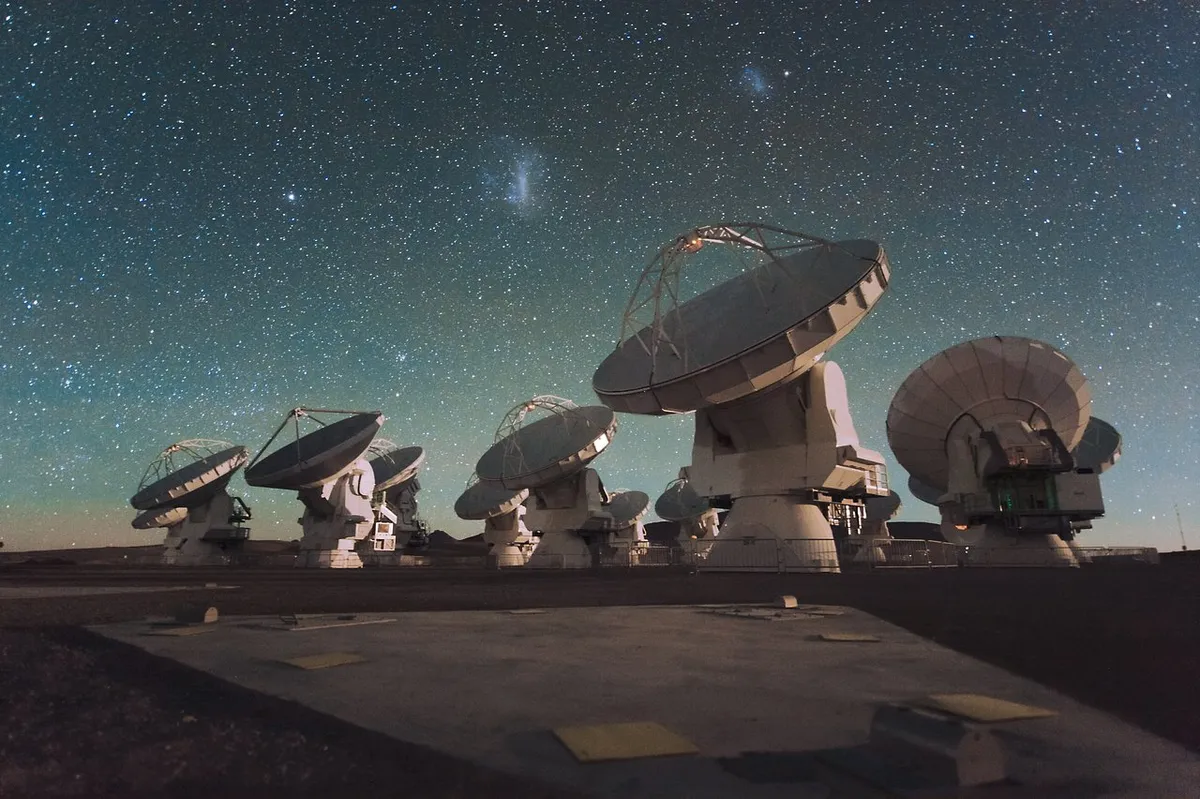
Statement from ESO: "In light of recent COVID-19 developments, ESO has decided to implement further measures to fight the pandemic.
In Chile, where ESO’s observatories and its Santiago offices are located, the organisation is suspending all public visits to ESO’s La Silla and Paranal Observatories until further notice. Public activities at the Vitacura-Santiago office are also cancelled during the month of March, including the planned Open House Day.
Following the cancellation of public visits and activities, and the limitations in duty travel, ESO's observatory sites are transitioning into a restricted operation mode, reducing the number of staff on site while maintaining basic science operations.
We are now also moving towards remote working for as many staff as possible in Garching, Germany and Santiago, Chile."
Mullard Space Science Laboratory / Solar Orbiter
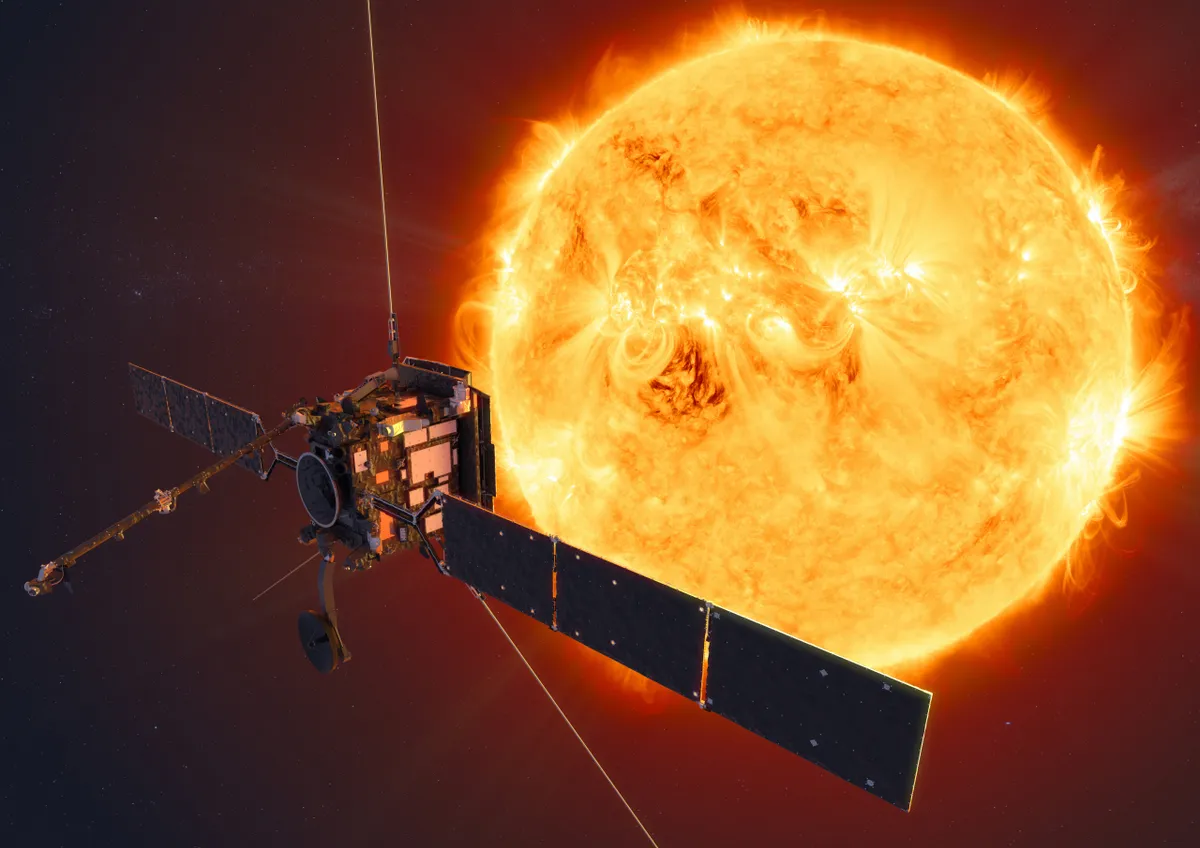
"Things have spiralled downwards rather fast for us over the last few weeks, as I guess is true for everyone.
This period was designated for commissioning of our Solar Wind Analyser (SWA) sensors on Solar Orbiter.
We managed week 1 before we had to leave ESA's European Space Operations Center (ESOC) when it closed to visitors over the weekend of 14/15 March. We had a couple of contact periods the following week and managed to run through a set of lower risk activities with remote contact fromthe lab.
Then we had to work out how to do the next 2 weeks' activities with the team shut out of University College London/MSSL as well. We had a plan to use the daily contact periods (8 times 6-8hours slots) assigned to us over the next 2 weeks, but then were informed that ESOC would close, so all activity is postponed.
Our instruments, along with the other 9, willall be turned off and put into hibernation for the duration of thecrisis.
The issue now for us is that the spacecraft is moving rapidly away fromthe Earth. By mid-May the return light travel time will be around 10minutes and this will grow even longer over the next year or so.
The next time we get as short a communication time as we have now will be at the end of 2021.So even if we get back to the point in the next few months that we can again try this delicate set of turn-on procedures with MSSL people at ESOC, the complexity and overall risk of thecommissioning process for us will be significantly higher.
More light-heartedly, it's also a bit of a shame as I was half-looking forward to tweeting that I was in direct contact from my bed with our instrument on a spacecraft halfway to the Sun!"
Australian Astronomer at Large
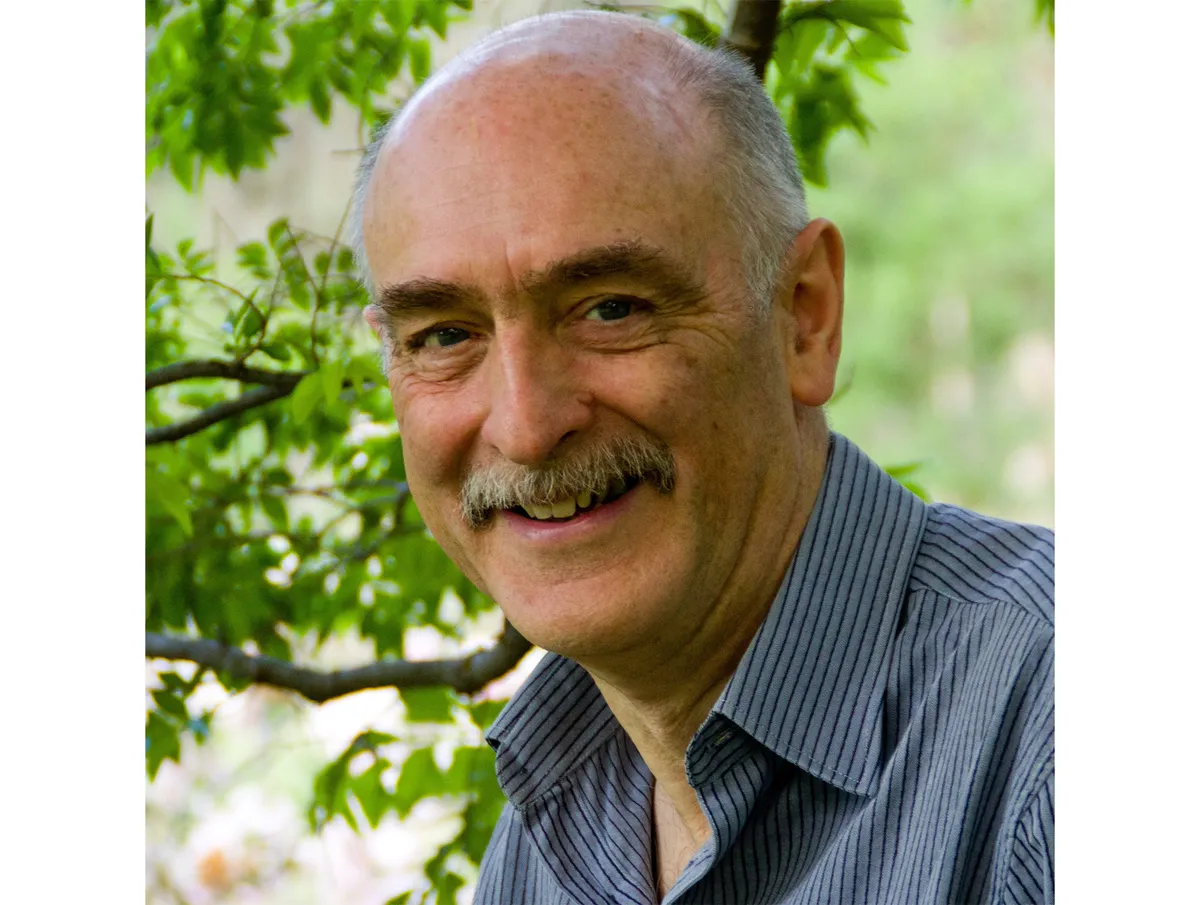
"Astronomers in Australia are used to communicating online due to the fact that we’re a long way from most other places. So, for example, remote observing on both domestic and overseas telescopes is standard practice, as is attendance at meetings, with many Australian astronomers belonging to large international collaborations.
At present, most of us are working from home. National facilities such as the Anglo-Australian Telescope and the various radio telescopes are currently operating with minimal staff, but our access to the ESO telescopes at Paranal and La Silla will cease with the suspension of science operations there."
Isaac Newton Telescope
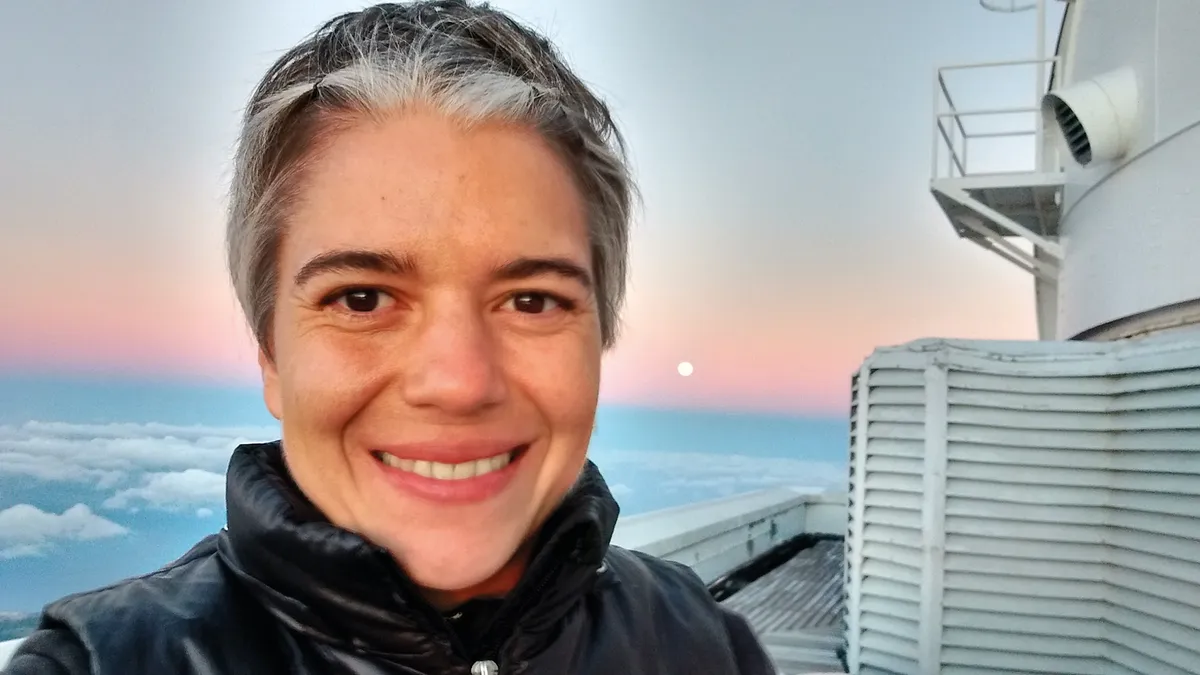
"The 2.5-m Isaac Newton Telescope is located near the summit of the Spanish island of La Palma (Roque de Los Muchachos observatory). The Spanish government has declared a state of emergency that imposes strong restrictions on the movement of people throughout Spain, and travel between Spain and other countries is not allowed.
For the safety of staff and observers, the Isaac Newton Group (which operates the INT and the nearby 4.2-m William Herschel Telescope) has decided to temporary close the INT. All ING staff are working from home these days, with physical meetings completely replaced by tele-cons.
The effort normally devoted to supporting the operation of the telescopes has switched to projects that can be continued via tele-working.
In particular, within the ING Astronomy Group we are focused on the final stages of WEAVE, a world-class multi-object spectrograph that will be able to take spectra of 1000 objects at a time. WEAVE is due to be installed on the WHT later this year.
Our contributions include designing and testing the WEAVE observations scheduler, elaborating the on-sky commissioning plan, generating operation protocols, reviewing and completing documentation, etc.
Astronomical research continues almost unchanged - the digital archives contain a large trove of observational data that await analysis and publication."
University College London Observatory

"As UCLO is primarily a teaching facility and it is based (with)in London, we are pretty much affected in the same way as most UCL departments and buildings. We've finished face-to-face teaching and have progressed to a site lockdown.
Our on-site robotic telescopes will, for now, not be used due to a certain level of maintenanceand regular supervision in their usage (and their London-based position still implies regular commuting for staff).
However we do have access to remote telescopes that are in more isolated areas (in Chile and Spain) and these are for now still usable.
Our students still have access to all our image database and analysis software remotely, so teaching and assessment impact has been minimal.
For the near future (post-Easter closure) we will review how minimal on site presence will allow the use of our on site robotic telescopes while still adhering to government social distancing policies."
